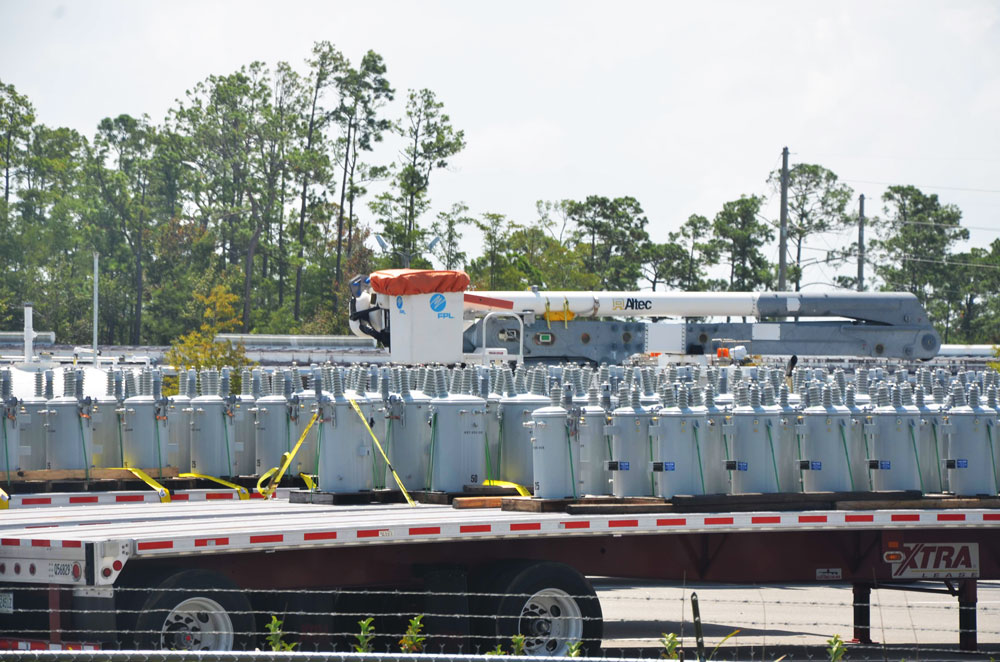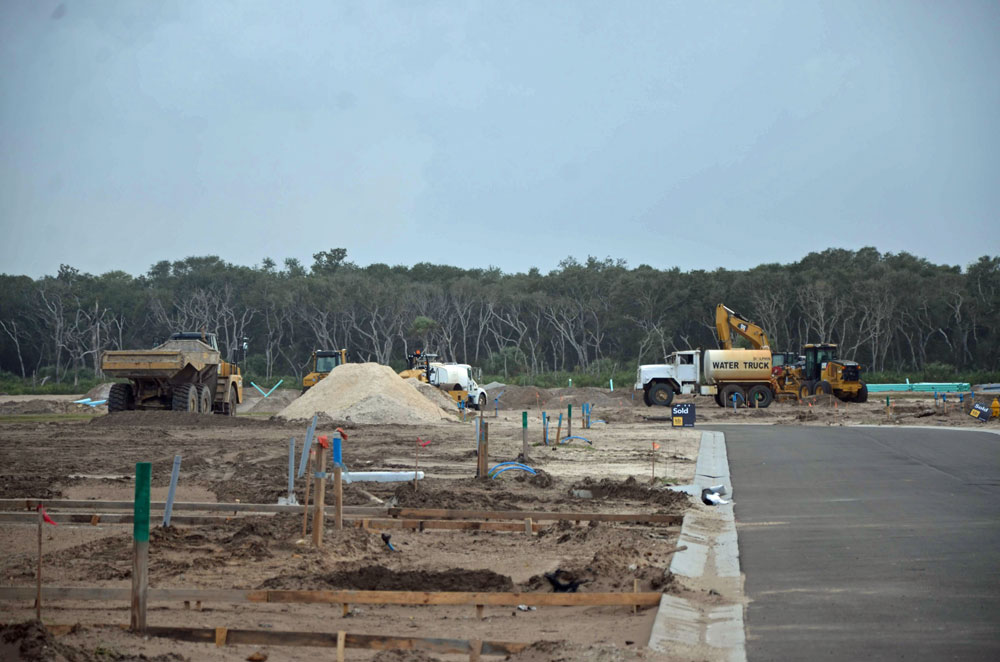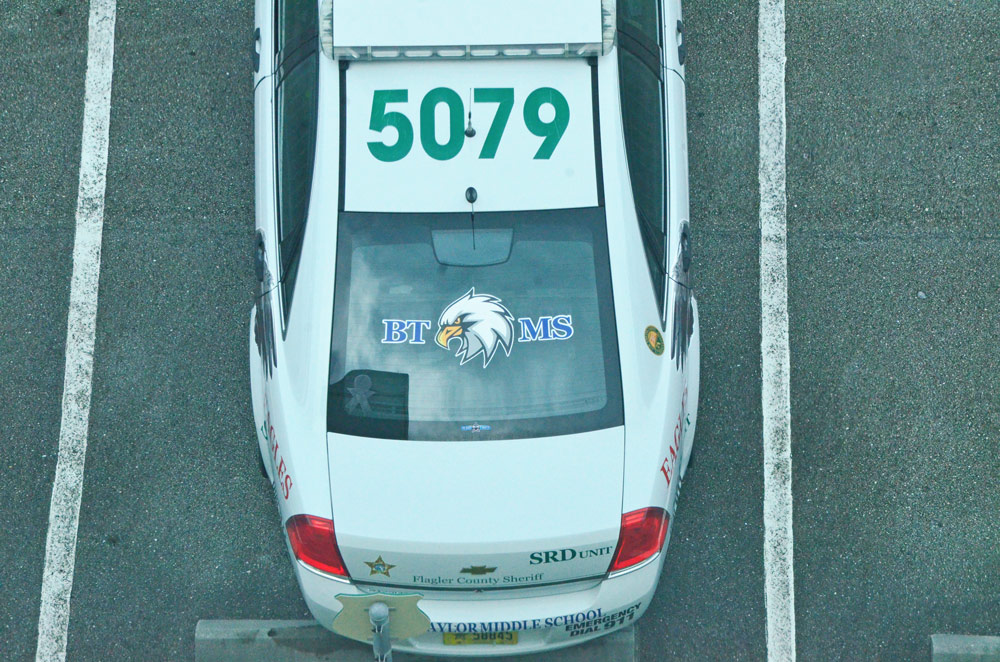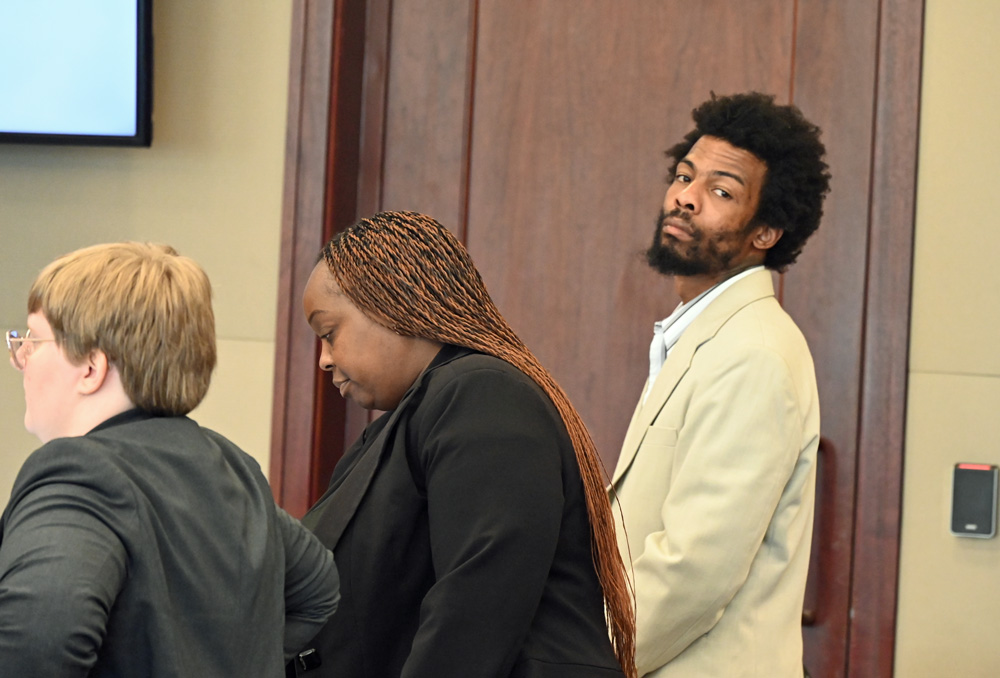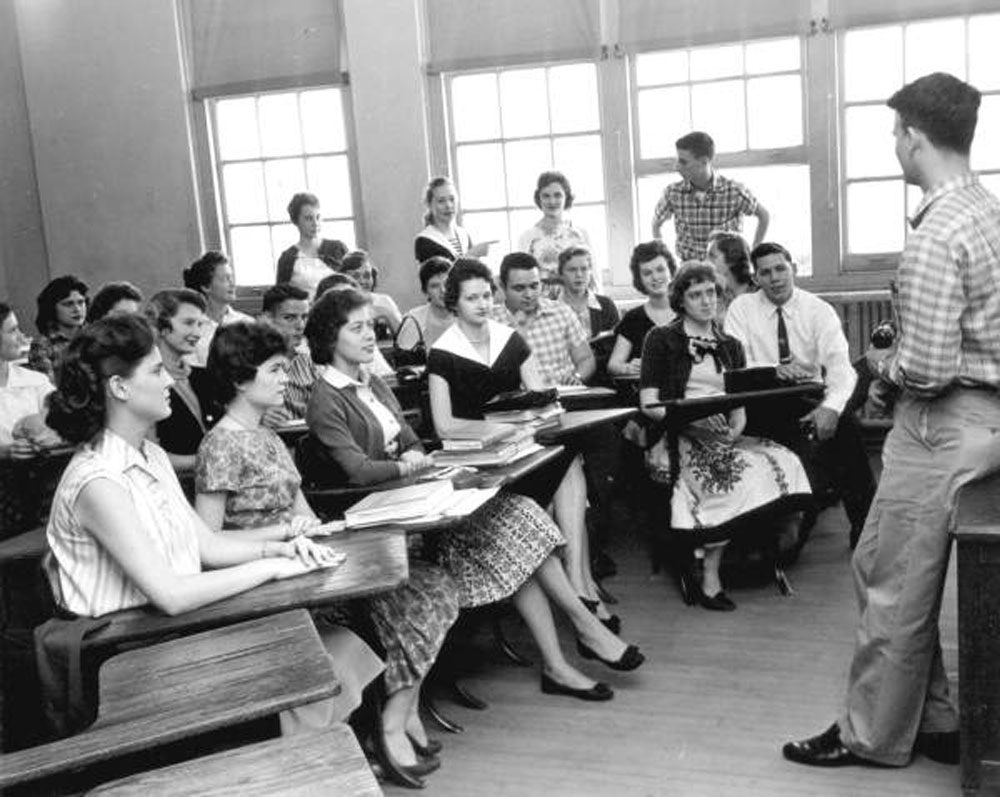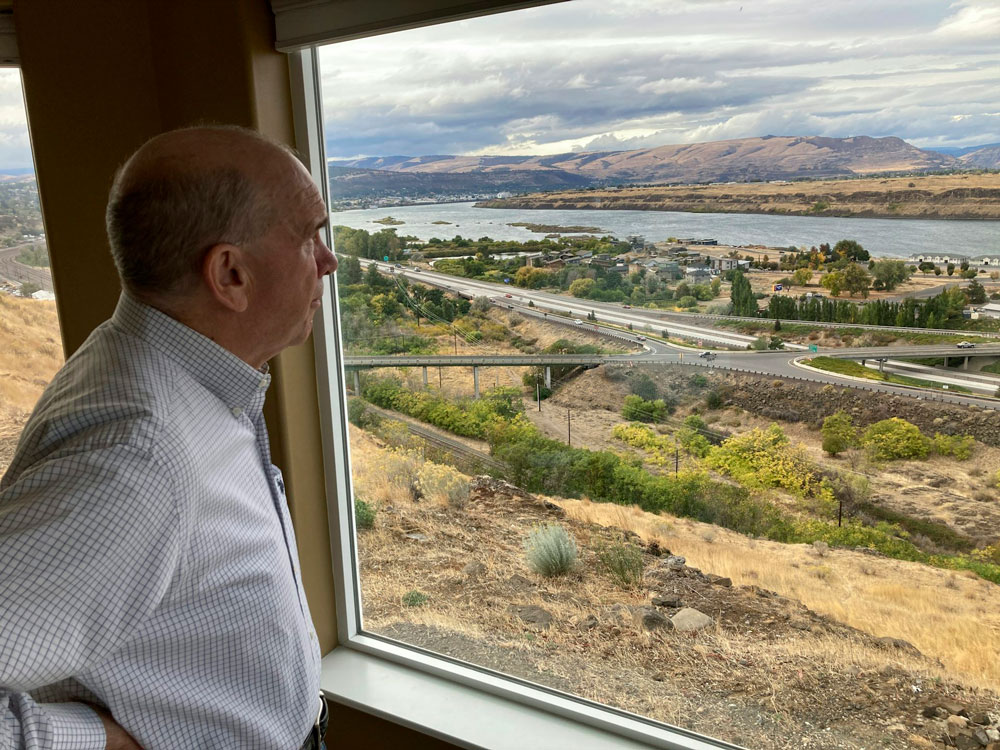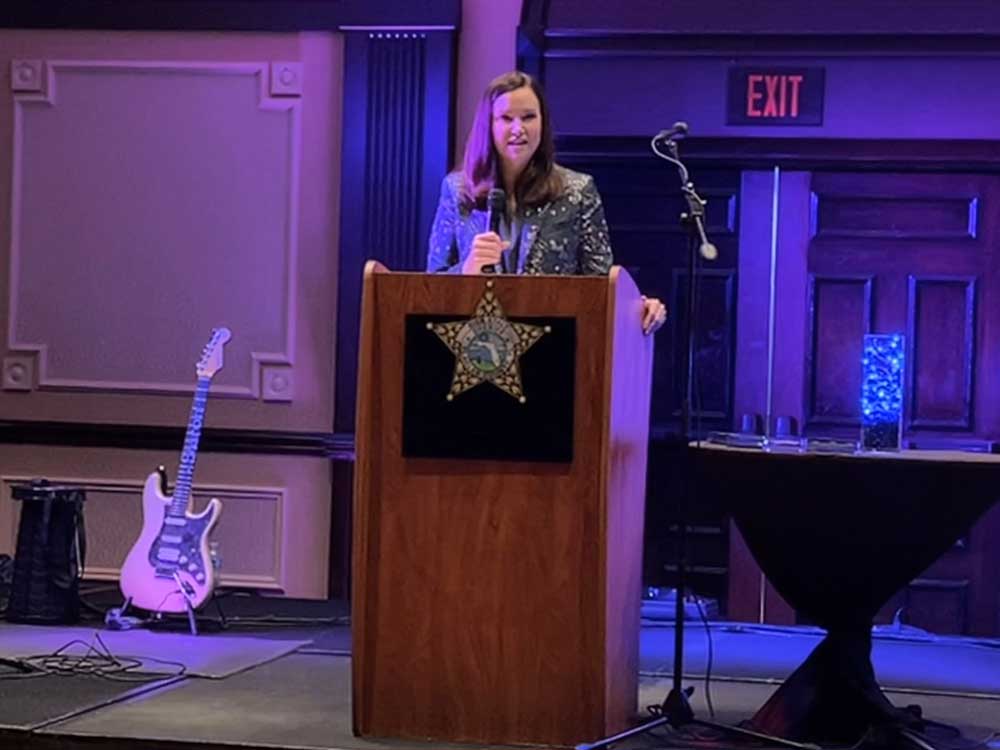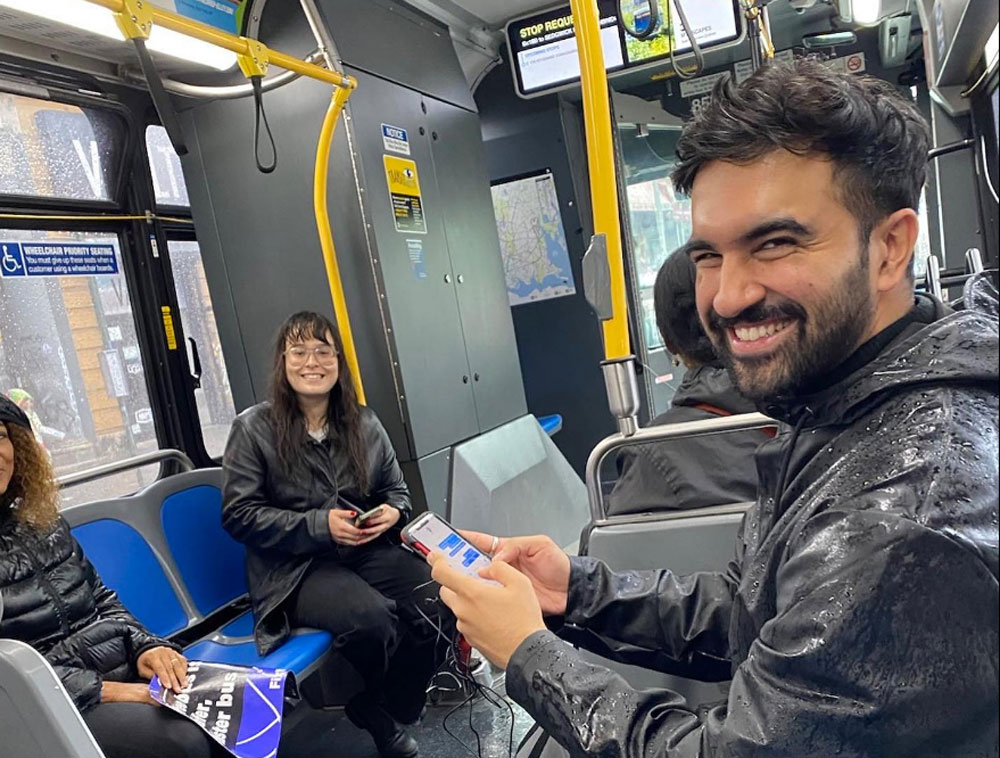According to the landowners’ attorney today, the 1,842 acres of agricultural to industrial rezoning in Bunnell that was previously proposed will be reduced by roughly 500 acres, and the requested designations will only be light industrial and heavy industrial, abandoning the earlier request for agricultural community industrial.
According to the lawyer, the owners are also promising to impose permanent limits on the rezoning, which would forbid activities like processing hazardous chemicals, landfills, and fuel depots. All three have been mentioned by the public opposition as issues. The list of voluntary restrictions is being developed.
However, specific future applications are still uncertain because, according to Tara Tedrow, the landowners’ attorney, no end user is now in mind.
The forestry area is located between County Road 304, US Highway 1, and Old Haw Creek Road. The owners are promising to restrict heavy industrial uses along 304 to the Florida East Coast Railway line and acreage along U.S. 1.
This evening, the proposed rezoning and amendment to the city’s comprehensive plan, which was scaled back by a few acres, were scheduled to be presented before the Bunnell City Commission on first reading. According to Tedrow, the item is being removed from tonight’s agenda and will probably be resubmitted in August due to the upcoming revisions.
Before the commission’s 7 p.m. meeting this evening, a demonstration was scheduled outside the Government Services Building. About 20 individuals participated in a demonstration two weeks ago, holding posters that read “Save Bunnell No Heavy Industrial,” “Say No to L2,” which is the land use code for heavy industry, and a few fairly xenophobic “Stop Moving to Florida” signs to passing cars along State Road 100. Drivers gave the demonstrators thumbs up or honked, eliciting largely positive reactions.
The Bunnell planning board heard both regulation steps in early May and recommended them on two separate 3-1 votes. Principal landowner member Lyn Rafferty abstained from the voting. It wasn’t a curious planning board. However, there was a lot of popular pushback.
We talked with the city staff, Tedrow said, and we wanted to make changes to the application based on the feedback from the planning and zoning hearing and some of the comments that have since occurred. These changes included some significant acreage reductions, restrictions on certain types of uses, and other development limitations that we are working through.
639 acres of heavy industrial zoning, 620 acres of light industry, and 576 acres of agricultural community industrial—a designation that permits uses like sheet-metal shops, millwork, culvert production, and the like—were first proposed for the 40 million square feet of land. The request for agricultural community industrial will no longer be included in the updated submission.
Since the modifications are a reduction from the initial submission, the proposals do not need to be resubmitted to the planning board when they are sent to the commission. The updated plan may increase the landowners’ bargaining power before the City Commission rather than diminish public opposition.
The scale and future uses of the land, why there is so much industrial, and to whose purposes have been the opposition’s most frequent questions. Today, Tedrow aimed to respond to both inquiries.
A 72-acre gasoline depot that was to be constructed off US 1 was first approved by the Palm Coast and Flagler County governments, but when the proposed rezoning got to the planning board, Palm Coast rejected it.300,000 barrels of gasoline would have been stored at the location of the massive project, which is close to the railroad but distant from any water sources other than wells (some of which are public wells that feed water to Palm Coast).
Residents of Bunnell were concerned that the fuel farm, known as Belvedere Terminals, will relocate slightly southward onto the recently developed area. Rumor was fueled by Bunnell City Manager Alvin Jackson’s refusal to affirm that the gasoline arm wasn’t relocating there, despite Flagler County authorities’ claims to the contrary. Tedrow’s statements today put an end to that conjecture, but also left open the possibility of future land uses.
The Orlando-based lawyer stated, “At this time, we do not have a specific end user.” The goal of the rezoning is to make the project marketable and to provide flexibility in a way that makes use of the existing transportation networks at our disposal, such as the train and the close proximity to I-95 and U.S. 1. I am aware that people believe that an end user is unquestionably in mind. If that were the case, I can guarantee you that we would present a site plan in order to finalize everything before a close. However, that end user has not yet been identified, and the majority of end users will want to see some kind of zoning in place before pursuing the costly and time-consuming course of conducting thorough due diligence and negotiating contracts on the land.
In comparatively close-knit Bunnell, the landowners have been the focus of harsh and occasionally personal criticism from longtime residents of Bunnell and Flagler County. As evidenced by some opponents’ presentation of a 2019 social media comment by Lafferty, laminated on a huge poster board, stressing her then-opposition to land use surprises along Old Haw Creek, they are presenting the idea as beneficial to the county’s economic development and are receiving criticism for it.
According to Lafferty’s post, I’m afraid they’re attempting to smuggle a business park into this area. What they are doing isn’t in line with the present or future usage of the region, which is agricultural land and will either stay that way or eventually turn into residential land. “We can’t just have people buying acreage for their homes and then sneaking in a different use and negatively affecting the surrounding aesthetic value,” she said, urging resistance. This would establish a precedent whereby a business would be parked on any land in the county zoned Ag.
Even with a resubmission of the industrial rezoning, further opposition is anticipated. As Tedrow stated, “you can always find somebody who doesn’t like what you are proposing.” This is true for everything you propose regarding a future land use and zoning change. If we had to make every initiative a popularity contest in terms of permissible uses, we would never have development or growth. But that’s why we take a different approach, considering not only what the general public likes or wants to see in a project, but also what the comprehensive plan, zoning code, and local governments’ long-term growth goals are. After that, we hold public hearings to make those determinations, correct? Therefore, I’m optimistic that the adjustments we’ve made will help to address some of the general issues that have been brought up from the start.


